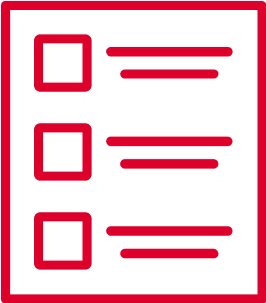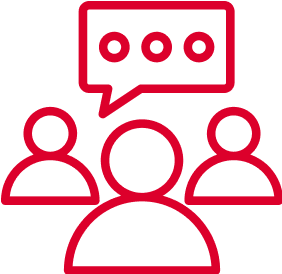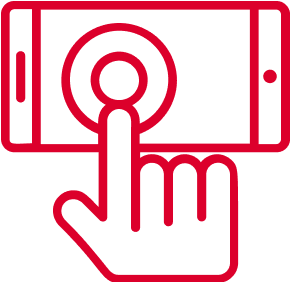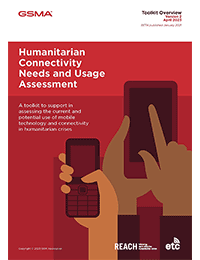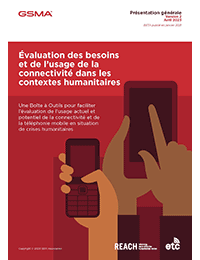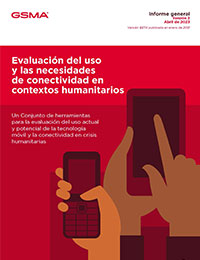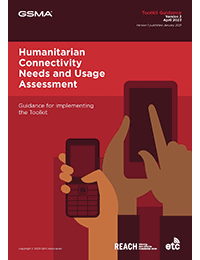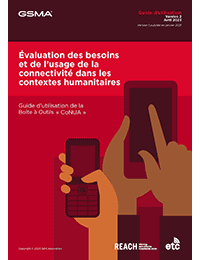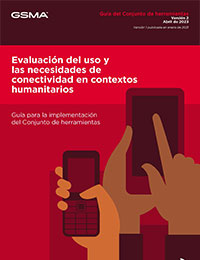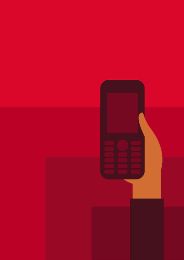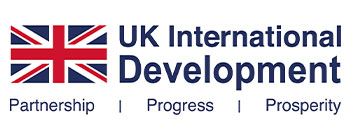The Humanitarian Connectivity, Needs and Usage Assessments (CoNUA) Toolkit
Mobile and digital technologies are increasingly powerful tools for humanitarian programming, and more and more humanitarian organisations are using mobile technology to deliver assistance.
As digital transformation within the humanitarian sector continues, it is ever more important that decisions are based on strong evidence as opposed to anecdotal accounts about mobile penetration, access, use and preferences in humanitarian contexts.
The GSMA, in partnership with REACH and supported by the Emergency Telecommunications Cluster (ETC), produced the Connectivity, Needs and Usage Assessment (CoNUA) Toolkit. The Toolkit addresses the evidence gaps by providing tools to enable the measurement of access to, usage of, preferences regarding mobile phones as well to understand people’s digital skills and concerns they may have around the use of digital services.


What does the CoNUA Toolkit do?
The Toolkit provides a range of tools to examine mobile phone use for humanitarian purposes.
Taken together, these tools form a comprehensive understanding of mobile phone use for a particular crisis, including quantifying digital divides, such as gaps related to gender, disability, and age. It also enables a better understanding of the digital ecosystem in a particular context and the factors that allow this ecosystem to function.
Whilst mobile technology can play a pivotal role in delivering several forms of humanitarian assistance, such as cash and voucher assistance or access to vital information, the Toolkit does not aim to replace purpose-specific assessment tools already available. To this end, the Toolkit is designed to be modular and adaptable to be combined with other tools to create specific and fit-for-purpose assessments.
The Toolkit supports those who are committed to using a user-centred approach to deliver humanitarian assistance, contributing to the Grand Bargain commitment 6 – “a participation revolution”.
At present, each tool is available in Arabic, English, French, Spanish, and Swahili. The supporting documentation is available in English and French. We intend to add more languages as they are needed for deployments.

Deployments
The Toolkit has been used as part of several assessments and research projects, by a range of actors across multiple continents. More detail can be found in the map below.
Digital Access and Barriers in Displacement-affected Communities in Sudan
Two CoNUA assessments in White Nile and West Darfur, Sudan, with refugees, IDPs and the communities who host them. The assessments used the end-user survey (Tool 1), focus group discussions (Tool 2), merchant survey (Tool 4), and signal strength mapping (Tool 8).
Evaluation of Telecommunication Needs in Niger
ETC leveraged CoNUA to gather and evaluate data on the region’s digital ecosystem, and more specifically, on technology access, usage, preferences, and skills among local communities. This information has enabled ETC to design appropriate and effective ICT services that can best meet community needs. A total of 15 sites were assessed across the Diffa, Tillabéri, and Tahoua regions. They used the end-user survey (Tool 1), focus-group discussion guides (Tool 2), Merchant interviews (Tool 5), Market assessment (Tool 7) and Signal strength measurement (Tool 8).
Evaluation of Telecommunication Needs in Burkina Faso
ETC leveraged CoNUA to gather and evaluate data on the region’s digital ecosystem, and more specifically, on technology access, usage, preferences, and skills among local communities. This information has enabled ETC to design appropriate and effective ICT services that can best meet community needs. A total of nine sites were assessed across the Sahel, Centre-Nord, Nord, and Est regions. They used the end-user survey (Tool 1), focus-group discussion guides (Tool 2), Merchant interviews (Tool 5), Market assessment (Tool 7) and Signal strength measurement (Tool 8).
Early Warning System Project Assessment
As part of a feasibility assessment for a mobile-enabled early warning system in the Philippines, People in Need used the signal strength mapping tool (Tool 8) and the end-user survey (Tool 1).
The Digital Worlds of Displacement-Affected Communities
From accessing humanitarian services and information to exploring personal interests and activities, mobile phones allow these communities to create their own digital worlds. This research explored these worlds in three humanitarian contexts. A mixed methods study, the quantitative element was largely made up of questions from the CoNUA end-user survey (Tool 1).
The Digital Worlds of Displacement-Affected Communities
From accessing humanitarian services and information to exploring personal interests and activities, mobile phones allow these communities to create their own digital worlds. This research explored these worlds in three humanitarian contexts. A mixed methods study, the quantitative element was largely made up of questions from the CoNUA end-user survey (Tool 1).
Tools
The Toolkit is made up of eight individual tools. Each tool can be used separately, or several can be combined to create bespoke assessments, they can be inserted into other assessments as needed. This section provides a high-level summary of each tool and how it can be used. For full guidance on how each tool can be used and combined for tailored assessments, we suggest downloading the guidance document provided.


